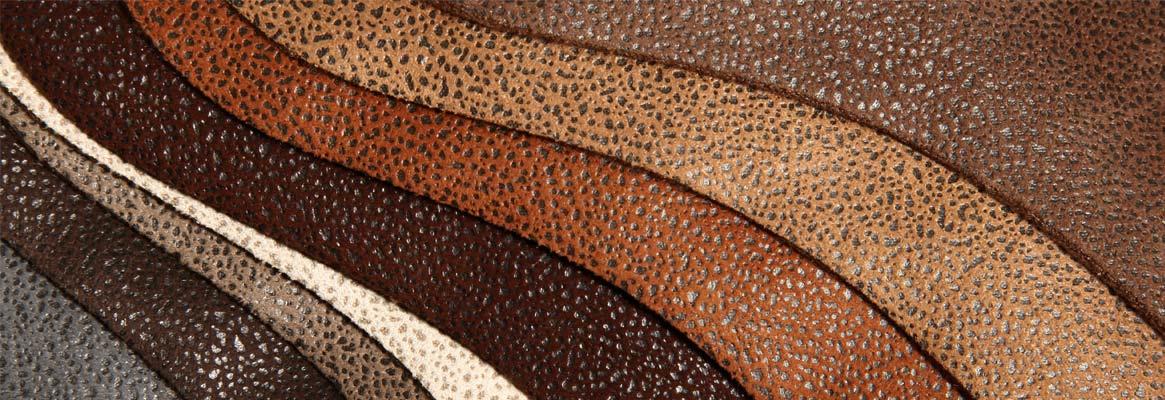As an elegant piece of raw material, leather has always been a symbol of class and luxury. Starting from leather bags, shoes, jackets, purse, etc, leather has been a popular raw material for more than 7,000 years until today. Leather is not a fabric; it is basically skin. It is neither woven nor knitted. However, it is used like a fabric, stitched into garments, shoes, belts, etc as per the demand.
What is leather?
Leather is a fabric made from animal skin. There are many different types of leather depending upon the animal and the techniques by which it is processed. Almost any animal can be used to extract leather and it can be given different looks and feel accordingly.
The controversy with leather
People using leather excuse their choice by saying that leather is not a result of cruelty but in fact a byproduct of meat industry, making it an upcycled raw material. The question that arises here is that is it really a byproduct? The answer to this can be given by understanding what a byproduct means. A byproduct is basically a secondary product which is created by the manufacturing of another product. For instance, the orange peels are the byproduct of the juice industry which are advanced into a fabric. The out-turn of a byproduct is to just reduce waste and there is no financial support to the primary industry. However, when one start to mercenaries these secondary goods for the sake of profits, it becomes a co-product. When it comes to the skin farming, in most cases, it is sold on a higher profit than the meat. An example of this is in the case of an ostrich where the skin is sold for almost four times the price of the meat. In this case, the meat here is sold as a byproduct. Cow leather comprises almost 60 per cent of the leather industry and some of the most sumptuous varieties of leather comes from newly born calves’ skin and in some cases, unborn calves. While fur industry is barbaric in the eyes of consumers and there have been many campaigns against the same, leather somehow remains cool as it is contemplated to be a byproduct of meat. Whereas both are the exact same thing.
Besides the appalling sufferings, the leather industry is far from being a natural or sustainable choice. Leather is made from tanning of the animal skin which makes it durable to make it suited for its end use. Various tanning agents are used in this process which are all environment pollutants, not just for the aquatic life but for land and air as well.
Vegan leather as an alternative
Vegan leather means that no animals are maltreated during its manufacturing process, but it is still not an ecologically sound option. The most customary alternative to leather is polyvinyl chloride, which is detrimental to the environment as it is non-biodegradable. Luckily, we have some other plastic free vegan leather options—like tea leather, cork leather, pineapple leather, soy leather and so on—that cause significantly lesser damage to the nature. Several companies have adopted these options to become cruelty-free.
Tea leather
Could one ever have imagined that leather can be derived from fermented green tea. But it is possible and is being practised as well. It was found that a cellulosic material in green tea acts in a similar way as leather. It was not possible to be made only with this material and hence the cellulose is layered with different eco-friendly fabric to provide desired durability.
Cork leather
The bark of cork oaks is used to make the cork leather without harming the tree in any aspect. In fact, the removal of segments of these barks assists in the regeneration process to provide an extension to the life of the tree. The elasticity of the cork allows good shape retention and on top of that it does not attract dust. This vegan leather is used for making purses, wallets, etc.
Pineapple leather
Eminently known as Pinatex, this leather is a byproduct of pineapple harvesting. The long fibres of Pineapple leaves are extracted, dried and purified. A nonwoven mesh is initially created which undergoes appropriate finishing to make it fit for its use across fashion, upholstery as well as accessories. Many of the renowned brands like Hugo Boss and H&M are already using Pinatex in their products.









Comments